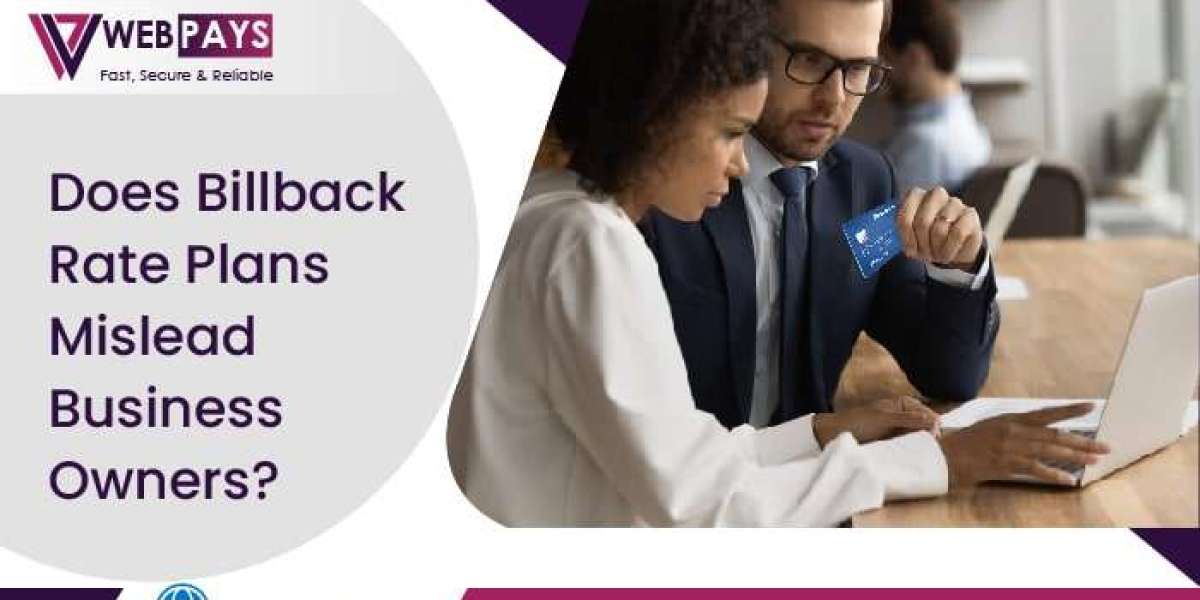In the intricate world of merchant and financial services, you may have come across the term "billback" when you accept credit card payments. Many merchant account users conceive it as an intentional plot to mislead and deceive customers by credit card companies. Let us find out the real truth and what would be the ideal credit card payment solution under such circumstances.
What is Billback?
Billback (also referred to as blended rate, mixed rate, enhanced recover reduced, or Enhanced Billback) describes a pricing structure that charges merchants an initial flat rate on each transaction. Thereafter, the remaining downgrade fees get billed at a later date, generally on the next month's statement.
Let us understand this with the help of an example.
Let us assume that the interchange rate for swiping a card under normal conditions is established as 1.50 percent by Visa. The billback system will assume that all processed cards would fall into this pricing category. Let us say the credit card processing company charges US$2,000 and bills the merchant for all card transactions at 1.50 percent first or an initial processing fee of US$30.
However, the amounts may differ because of purchases made by a rewards or gift card, a business card purchase, or a keyed instead of a swiped card.
The credit card processor will then go back through all the charges and ascertain which charges fall into different categories of interchange fees. Let us say that half of all charges (US$1,000) were defined as keyed cards and not swiped cards, the interchange rate would generally be 1.80 percent. Since a billing for 1.50 percent has already been made, the difference between the two will be 0.30 percent. The merchant will then receive a billback statement for an additional 0.30 percent or an extra US$3.
For many merchants, the concept of billback rate plans is confusing to understand and difficult to calculate. Moreover, it can negatively impact the business's bottom line and trajectory in some cases.
In simpler words, the process of billback rate plans can be classified into three steps:
- Initial Charge: The merchant incurs an initial charge upon the completion of a transaction. This is the teaser rate or the qualified rate.
- End-of-month assessment: Details of each transaction get scrutinized by the processing provider as the month concludes. The processing provider employs different metrics such as transaction mode, card type, and other variables and decides on the actual cost.
- Billback: Post-assessment, another bill is received by the merchant. This bill captures the deviation between the previously charged rate and the actual cost.
Billback pricing fees are considered by some merchants as a deliberate act of deceit or cheating as the billback's complex nature usually hides the real costs, making it difficult for merchants to ascertain their actual expenses. This is primarily because of extensive breakdowns and multiple charges for singular transactions that complicate the already complicated process of reconciliation. Also, this form of retrospective billing can bring unpleasant surprises for the businesses who would then find themselves burdened with costs they hadn’t anticipated in the first place itself.
How do merchants fall into the trap of billback plans?
Merchants who are uninformed or looking at short-term gains may be lured by the initial teaser rates of billback pricing. Some merchants may see billback plans as opportunities to benefit given the actual processing costs are lower than they anticipated. Many merchants may believe that they are saving money because of the complexities of statements and the challenges in accurately deciphering the actual costs.
Get straightforward pricing with WebPays
The world of merchant services can be a complicated and overwhelming territory to navigate. The billback pricing may provide an initial allure to merchants with its seemingly modest rates but its confusing and roundabout pricing structure lacks fairness and transparency that makes things complicated to understand. No matter what good dreams a provider may show you to lure you towards billback plans, there is no real advantage of billback plans as the pricing structure favors credit card processors over anyone else.
At WebPays, we work with merchants from all parts of the world and help them get the best possible deals with fair and transparent pricing structures. By doing this, we help them take complete control with a customer-centric credit card payment solution to accept credit card payments that put thousands back in their pocket.
If you are looking for the best credit card payment solution to accept credit card payments, you can reach out to our payment team. It will help you thoroughly analyze and interpret your statements and explore our customized processing solution that best fits the specific requirements of your business so you pay the lowest possible credit card processing rates.
Contact WebPays' payment experts to explore the most transparent pricing structure through the best credit card payment solution to accept credit card payments.



